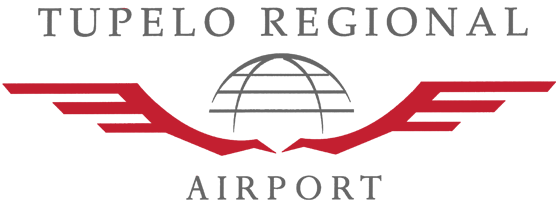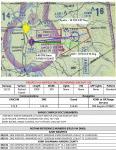
SEE & AVOID
SEE & AVOID
Originally created by the Air National Guard Aviation Safety Division, this portal is now funded by the Defense Safety Oversight Council and includes all military services.
Welcome to the Columbus Air Force Base Mid Air Collision Avoidance (MACA) website. Columbus AFB is home to the 14th Flying Training Wing and the T-6A, T-37, T-38, and T-1. Our goal is to make the skies around Columbus, MS a safer place to fly. Columbus AFB is unique because we have some of the busiest airspace in the country due to a high volume of student training.
In addition to Columbus AFB, our T-6 and T-37’s fly daily at our auxilary field, Gunshy (1MS8), located just south of R-4404, so expect a heavy volume of VFR traffic if operating in that area. T-6’s also practice VFR spiraling patterns from overhead the runway at the following airfields: Okolona (5A4), Houston (M44) Loundes County (UBS) , Macon (20M), North Pickens – Reform (3M8), and George Downer – Aliceville (AIV). All of our aircraft utilize the Military Operating Areas (MOA’s) and numerous low-level routes within the surrounding areas.
This site lists the military aircraft you may encounter as well as to highlight the type of busy flying activity within the Columbus area. Everyone here at Columbus is commited to maintaining a strong, active MACA program so we may safely share the skies.
At Columbus AFB Flight Safety we urge you to please always use a transponder when airborne for added safety and everyone’s benefit.
Related Material: Columbus Air Force Base Collision Avoidance
AIRCRAFT BASED HERE
T-1A • T-37 • T-38 • T-6
CONTACT US: Columbus Air Force Base and Flight Safety Office
Commercial Phone: 662-434-2525 DSN: 742-3535
Email: 14ftw.safety@columbus.af.mil
IMPORTANT LINKS
CAFB Airfield Information
CAFB Homepage
CAFB Wing Flight Safety
UAV COLLISION AVOIDANCE
The goal for UAV introduction into the US NAS is an equivalent level of safety, including collision avoidance for UAV operation, when compared to piloted aircraft.
Of the remaining regulatory and technological issues, the goal is the certification of a system of technology, feedback, analysis and control, which reduces the risk of an air to air collision, to the same level of risk currently enjoyed for manned flight, is of paramount interest and importance. The regulations governing DSA are contained within 14 CFR 91.113 “Right of Way Rules”. ASTM has published a standard, F2411-04e for “DSA Collision Avoidance” and is available for purchase from ASTM International.
HUNTER
The hunter will generally operate from 7am-6pm M-F and occasionally on the weekends in VFR conditions only. There will be a broadcast 1 hour prior to launch, 15 minutes prior to launch and once airborne on VHF UNICOM 122.8 and VHF Military Guard 126.65 and 124.35 for all Memphis traffic.

